|
Can you trust your hair transplant provider? Man For Himself contributor Spencer “Spex” Stevenson discusses the growth of phoney transplant providers, the danger, and what you can do to always receive the hair transplant you’ve paid for.
As you know, our soggy island has encountered one of the most resplendent summers in recent memory. And while many us ‘mane purveyors’ have been out and about proudly displaying our hirsute chests and man-scaped bonces, the transplant industry has been warming up at an unbelievable rate as well. The worry for us follicle chasers is that the industry is increasingly awash with unscrupulous operators, peddling below-par products and services. Sadly, the number of repair patients is growing every day. The reality is, us hair growth journeymen (and women) are now faced with a very serious danger, with so-called practitioners impersonating industry professionals and stopping at nothing to make a quick buck. As we enter an increasingly perilous landscape, there’s no question that certain individuals are actually regressing the space that numerous qualified and master craftspeople have committed their lives to; with many offering pioneering products and a level of service that has made huge strides in the search for a cure to male pattern baldness. The issue has been further opened up by the maelstrom that is the Interwebs, which can be a heaving, breathing mess of fake news and false claims. This has made it even harder for the reputable ‘players’ to get the truth out there; and in doing as such ensure the blameless, know-no-better patients avoid being on the end of what amounts to a modern-day scalping. Over the years, I’ve got to know patients looking for my guidance in the area of hair repair. Shockingly, many of these human guinea pigs have been utilised and manhandled by the business’ greatest criminals – as was I! Read the rest of this article here >>>
0 Comments
Wondering how to make your hair grow faster? Let the pros from Matrix reveal their top hair growth tips!
1. Set Realistic Hair Goals You may think your hair grows slower than everyone else’s but the fact is that hair growth takes time. Scientists say the average rate of hair growth is about ½ inch per month, with slight variations for hair type. Curly, fragile hair grows a bit slower than straight, thick hair. Be sure to use strengthening masks like our Miracle Creator Multi-Tasking Hair Mask to revitalize your fragile strands. So if you’re planning to grow out your pixie cut, don’t expect to grow waist-length hair overnight, but you can expect a short haircut to be shoulder length in about 14 months. 2. Keep Your Hair Healthy To ensure that your hair grows in step with the healthy average rate, remember this: stronger hair = longer hair. If your hair is on the damaged side, use a reparative system like Biolage FiberStrong which fortifies fragile hair. You’ll tip the hair growth odds in your favor if the hair you have is as strong and healthy as possible. “This fact,” says Matrix Artistic Director Michael Albor, “is truly at the root of it all.” 3. Start With Proper Nutrition You are what you eat, and that goes for your hair. Nutritional deficiencies are some of the biggest culprits behind weak, damaged hair with constant breakage that refuses to grow. If you’re really concerned that your hair simply won’t grow and are desperate to grow your hair faster, check in with your doctor to see if everything is on target health-wise. If you have an iron deficiency, for example, it can cause your hair to be thin and dull. Many doctors recommend foods containing omega-3 fatty acids, vitamin B and vitamin E to provide the type of nourishment that enhances hair growth. And many women have found favorable results after several months as a result of taking hair supplements containing biotin, vitamins and anti-oxidants. 4. Trim Hair Regularly It’s tempting to avoid scissors completely when you’re trying to grow your hair, but frequent hair trims are actually a wise strategy. Keeping your ends crisp and neat helps prevent split ends and fraying, which can lead to hair breakage and slow down the rate of hair growth. So keep up those regular, six-to-eight week haircut appointments, and let your hairstylist “dust” the ends, i.e. remove a fraction of an inch to keep each hair strong and intact. 5. Color Your Hair with Care Frequent forays with hair color and lighteners can cause dryness, split ends, dull hair and breakage. That’s because with hair color, you’re ultimately disrupting the top, protective layer of hair to allow the hair color to penetrate. You don’t have to give up your hair color completely, just opt for a less drastic hair color shade change. This will allow your hair stylist to use formulas that don’t have to disrupt your hair too drastically. Also, talk to your stylist about bond repair additives that protect the bonds of your hair from damage during the hair color process, and will also prevent additional hair color damage from occurring. And to take it a step further, use an at home bond restorative system like Total Results The Re-Bond that helps fortify weakened, over processed hair. 6. Condition Hair Conscientiously Conditioners are your hair’s best friend—they help you detangle, they keep your hair soft and shiny. “There are conditioners for every hair type,” says Albor, “and everyone should find the right formula and apply it after every shampoo. You can even skip a shampoo from time to time and go straight to the conditioner.” Leave-in treatments are great to help with detangling and protect the hair from heat. And a weekly hair mask or oil-based hair treatment will help take care of the older, more fragile ends that are susceptible to breaking off. 7. Avoid Heat Damage High heat styling tools are surefire aids for creating and locking in beautiful hairstyles, but too much heat can have damaging long-term effects on your hair. If air-drying is an option for your hair, put your hair dryers and irons aside when possible. (A heatless hair styling crème will help put shape in your hair while controlling frizzy hair.) You can also explore alternative hair setting options, such as braids, twists and good old foam or Velcro hair rollers. When you do opt in for blow drying, set the temperature as low as you can in order to accomplish your desired hairstyle, and keep the blow dryer nozzle at least six inches from your scalp. A lower heat setting is also the best strategy when using flat irons and curling irons, and be sure to shield your hair from heat damage with heat protection products. 8. Don’t Forget Good Scalp Care Healthy hair growth starts with a healthy scalp. Keeping the hair follicles on the scalp clean and clear from product or oil buildup will prevent the growth rate from slowing down. Try not to over-use your dry shampoos. While they’re an excellent way to absorb excess oil on the scalp, over-using them can cause buildup that clogs hair follicles. Treat yourself to frequent scalp massages—they’re not only sooooo relaxing, they also rev up the circulation in your scalp that will keep your hair nourished. Finally, consider a weekly scalp “scrub” treatment to remove product residue and excess oil. Consider it exfoliation for your hair and scalp. 9. Brush Hair Wisely First off, never brush your hair when it’s wet. Use a wide tooth comb (or a brush specifically designed for wet hair) to detangle, and work slowly and carefully from the bottom up to avoid hair breakage. When your hair is dry, brush it with a cushioned brush with boar bristles, which are gentle on fragile hair. Use the brush to stimulate your scalp and enhance circulation and healthy hair growth. About 15 or 20 strokes a day will do the trick. 10. Avoid Mechanical Hair Damage Environmental hair damage—too much sun or saltwater—and chemical hair damage from hair color, relaxers, straighteners or perms are two ways that hair becomes damaged when you’re trying to grow it. Mechanical hair damage is another way. That happens when you wring your hair too tightly with a coarse towel, bind it too firmly into a ponytail or sleep on a rough pillowcase. All of these bad hair habits can lead to hair breakage. So swap out the terry cloth for a soft micro-fiber towel or cotton t-shirt and blot your hair gently after shampooing. Use fabric-coated elastic hair bands to secure your ponytails and buns, and don’t put them in the same spot every day. Finally, treat yourself to a sateen or satin pillowcase that won’t cause the friction that leads to the hair tangles that can weaken your hair. This article appeared on Matrix In a study conducted in mice, researchers from Johns Hopkins were able to confirm that a Western-style diet — high in fats and cholesterol — has a negative impact on hair and skin health. They went even further, however, developing a drug that is able to reverse the damage. In an open access paper recently published in the Nature journal Scientific Reports, Subroto Chatterjee and colleagues from Johns Hopkins Medicine in Baltimore, MD, show that a diet high in fats and cholesterol can lead to skin inflammation, as well as hair loss and hair whitening.
Based on their initial findings, the researchers also developed an experimental drug, D-threo-1-phenyl-2-decanoylamino-3-morpholino-1-propanol (D-PDMP), hoping it would help them reverse the effects of an unhealthful diet on skin and hair. D-PDMP regulates the production of a type of fats (lipids) known as "glycosphingolipids" (GSLs), which are part of the membranes of skin cells and other cell types. In particular, GSLs are a major component of skin cells that make up the external skin layer and of keratinocytes, a type of cell that participates in the pigmentation, or coloring, of skin, hair, and eyes. "Further research is needed, but our findings show promise for someday using the drug we developed for skin diseases such as psoriasis and wounds resulting from diabetes or plastic surgery," says Chatterjee. Western diet tied to hair, skin damage The research team tested the effects that a fatty diet would have on the skin and hair of mice, as well as the effectiveness of the specially designed compound in offsetting the damage. Chatterjee and team worked with a group of mice that they had first genetically modified to express symptoms of atherosclerosis, a condition in which fat deposits form inside arteries, obstructing the free flow of blood. The researchers split the mice into two distinct groups: one of these was assigned a regular mouse diet, while the other was allocated a high-fat, high-cholesterol diet — similar to a Western-style regimen. All the mice were 12 weeks old when they started on their respective diets, and the researchers conducted their first assessments when the mice were 20 weeks old. The team found that the mice on a Western-style diet had begun to lose hair and displayed hair whitening and skin lesions. At 36 weeks of age, 75 percent of the mice that had stayed on the high-fat and high-cholesterol diet had multiple skin lesions, as well as more severe hair loss. When the mice were between the ages of 20-36 weeks, the researchers gave them all D-PDMP in varying amounts, either in liquid form or in capsule form, as they each stayed on their assigned diet. After receiving either 1 milligram and 10 milligrams per kilogram of body weight of D-PDMP in capsule form, the mice on a fatty diet started to regain their lost hair, as well as their initial hair color. Skin damage also started to heal. Chatterjee and team also noted that treating the rodents with 1 milligram of D-PDMP in capsule form per kilogram of body weight was as effective in reversing skin and hair damage as 10 milligrams in liquid form per kilogram of body weight. This, the researchers explain, suggests that capsules are more effective in delivering the compound. Experimental drug may restore health So, what did D-PDMP do specifically? The research team observed that the skin of mice following a Western-style diet showed numerous signs of neutrophil infiltration. Neutrophils are a type of white blood cell that plays a role in inflammation. Encapsulated D-PDMP reduced the number of neutrophils observed, suggesting that the substance was effective in reducing skin damage and inflammation. The researchers also noted that rodents on a fatty diet had modified levels of three important kinds of lipids — ceramides, glucosylceramides, and lactosylceramides — which normally help to maintain skin health. 'Faster, more effective recovery'" Our findings show that a Western diet causes hair loss, hair whitening, and skin inflammation in mice, and we believe a similar process occurs in men who lose hair and experience hair whitening when they eat a diet high in fat and cholesterol," emphasizes Chatterjee. While the study researchers are hopeful about the promising results they obtained with D-PDMP in mice, they nevertheless point out that more animal research has to be carried out, in order to establish exactly how much of the compound is necessary to fully treat the damage caused by Western-style diets in hair and skin. Moreover, the team also warns that the results seen in mice may not apply to people, as that is an aspect that is yet to be confirmed. D-PDMP's safety for human ingestion has also not yet been established. Still, the scientists think of their current findings as the first step toward better ways of maintaining or restoring hair and skin health. This article first appeared on Medical News Today Cue the celebration emoji—the scale is moving in the direction you want it to! But...then you start to notice that your hair is falling out. Like, a lot of it. WTH? Before you panic and assume you’re going bald, know this: What you're going through is completely normal. “We know that, clinically and anecdotally, hair loss is associated with rapid weight loss or weight loss associated with stress,” says Ken L. Williams Jr., D.O., a hair-restoration specialist, surgeon, and author of Hair Transplant 360 – Follicular Unit Extraction. In other not-fair news, the more weight you lose, the more likely you are to experience some form of hair loss, says Beth Warren, R.D.N., founder of Beth Warren Nutrition and author of Living a Real Life with Real Food. It all comes down to ~nutrients~, says Fatima Cody Stanford, M.D., M.P.H., an obesity medicine physician at Massachusetts General Hospital. People often don’t take in enough protein when they lose weight, she explains. And, when you don’t get enough protein, your body has to decide where to send the protein it does have. Given that your hair isn’t crucial to your survival, it gets the leftovers, Stanford says—and that can lead to hair loss.
Ready for the good news? This is temporary. “When people stop losing weight, the hair loss usually resolves itself,” Warren says. If you’re planning to lose a lot of weight and want to minimize the...er...fallout, try keeping tabs on how much protein you’re getting, and aim to get your recommended daily amount—that would be 46 grams. It’s also a good idea to try to get some zinc in your diet, Stanford says, since it's a key mineral for hair growth (as well as skin and nail growth). You can get it by eating:
You may also want to take a zinc supplement to be totally sure you’re getting enough, says Stanford. (Just check in with your doctor first, which is a must before taking any kind of supplement.) If you do start to lose your hair, despite your best efforts, and it’s bothering you, Williams recommends taking a biotin supplement or even a prenatal vitamin, both of which have a lot of extra vitamins your body probably is probably craving right now. You can also try monoxidil (a.k.a. Rogaine), which stimulates hair growth, he says. And in the meantime, repeat after me: "This is not permanent." This article first appeared on Women's Health The sun can leave hair dry, brittle and discoloured. Here’s how to fix it
We all know the damage the sun can do to exposed skin, but experts say it can also affect our hair. “If your hair is exposed to the sun for long periods of time, UVA and UVB rays can start to damage the outer layer of the hair called cuticle,” said hair stylist and colourist Frederic Bataclan of Loft Hair Lounge in Toronto. “The sun is very natural but it can make your hair very dry. Too much of one thing can be bad for you.” The Cleveland Clinic adds the sun’s rays basically act like bleach. “Bleach reacts with the melanin in hair and removes the colour in an irreversible chemical reaction. Bleach also damages the hair’s cuticle and protein, which is called keratin,” dermatologist Dr. Wilma Bergfeld said. Signs for hair types The most common signs of sun damage include discolouration of your ends, as well as your overall hair colour getting lighter (even if you don’t have dye in it). People may also have dry, brittle, overly-tangled, broken or whispy ends. “And lots of frizz,” he explained. “Sun-damaged hair also won’t hold the style as long and dries a lot quicker than healthy hair.” He adds people who have lightened hair (either through highlights, balayage or ombre), will experience the most sun damage. “They will find their toners don’t last as long due to the sun,” he continued. For people who have blond colour, the sun can turn it golden or brassy. For people with “fashion” colours like red, green, blue or multicolours, their hair will fade a lot faster in the summer. “People who have brunette hair will find their hair looks quite dull.” If you have fine hair, Bataclan said your hair will be flat and lifeless during the summer, and people with thin hair may experience irritated scalps or even a sunburn. “If left untreated, the hair will slowly break off due to dryness,” he adds. “The hair will be very tangled and unmanageable.” He adds people who don’t treat sun-damaged hair are often forced to cut it off until it grows back into a healthy state. “People with already thinning hair will accelerate the process of thinning.” How to treat sun damaged hair To start, Bataclan recommends a liquid keratin treatment. “It helps revitalize and protect your hair from the sun and lasts for up to four months.” You can also use serums that have jojoba oil or hair products that already have SPF in them. “Lastly, try to put a mask once a week during the summer. It will help to add moisture back into the hair that you’ve lost from the long exposure from the sun.” There are also products, like primers, that come with UV protectors — this can also help with taming frizz and detangling dry hair. Bergfeld said you should also avoid hot irons, rollers or chlorinated water in swimming pools. “If you bleach or highlight your hair, you’ve damaged the hair already,” Bergfeld explained. “To add to that by swimming in a chlorinated pool, or sitting out in the sun, you’re going to have very significant hair breakage.” Bataclan also recommends wearing a hat, and Bergfeld adds avoid peak sun hours just like you would do for your skin. This article appeared on Global News |
Hair by BrianMy name is Brian and I help people confidently take on the world. CategoriesAll Advice Announcement Awards Balayage Barbering Beach Waves Beauty News Book Now Brazilian Treatment Clients Cool Facts COVID 19 Health COVID 19 Update Curlies EGift Card Films Follically Challenged Gossip Grooming Hair Care Haircolor Haircut Hair Facts Hair History Hair Loss Hair Styling Hair Tips Hair Tools Health Health And Safety Healthy Hair Highlights Holidays Humor Mens Hair Men's Long Hair Newsletter Ombre Policies Procedures Press Release Previous Blog Privacy Policy Product Knowledge Product Reviews Promotions Read Your Labels Recommendations Reviews Scalp Health Science Services Smoothing Treatments Social Media Summer Hair Tips Textured Hair Thinning Hair Travel Tips Trending Wellness Womens Hair Archives
April 2025
|
|
Hey...
Your Mom Called! Book today! |
Sunday: 11am-5pm
Monday: 11am-6pm Tuesday: 10am - 6pm Wednesday: 10am - 6pm Thursday: By Appointment Friday: By Appointment Saturday: By Appointment |
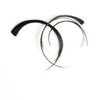
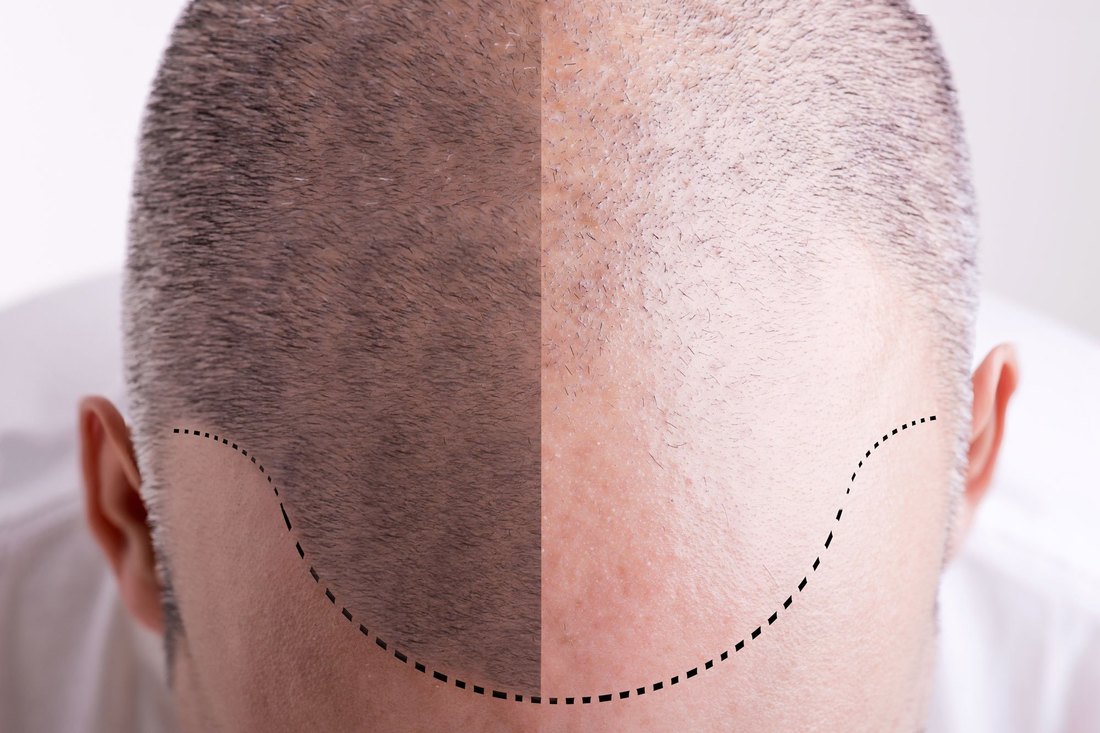

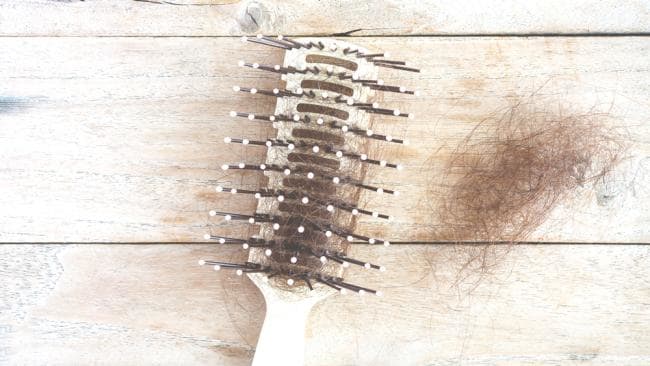
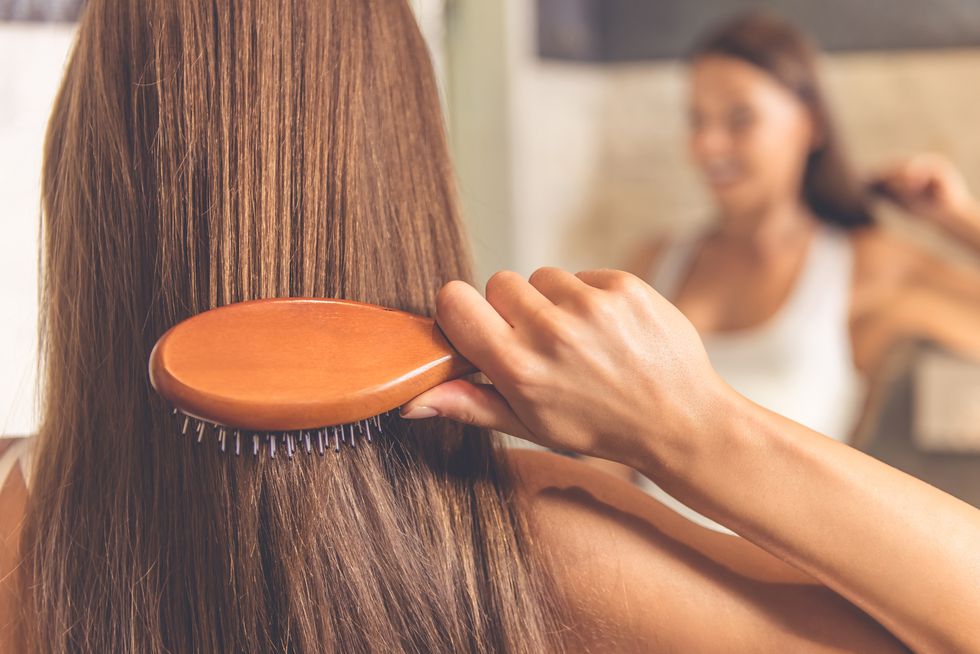
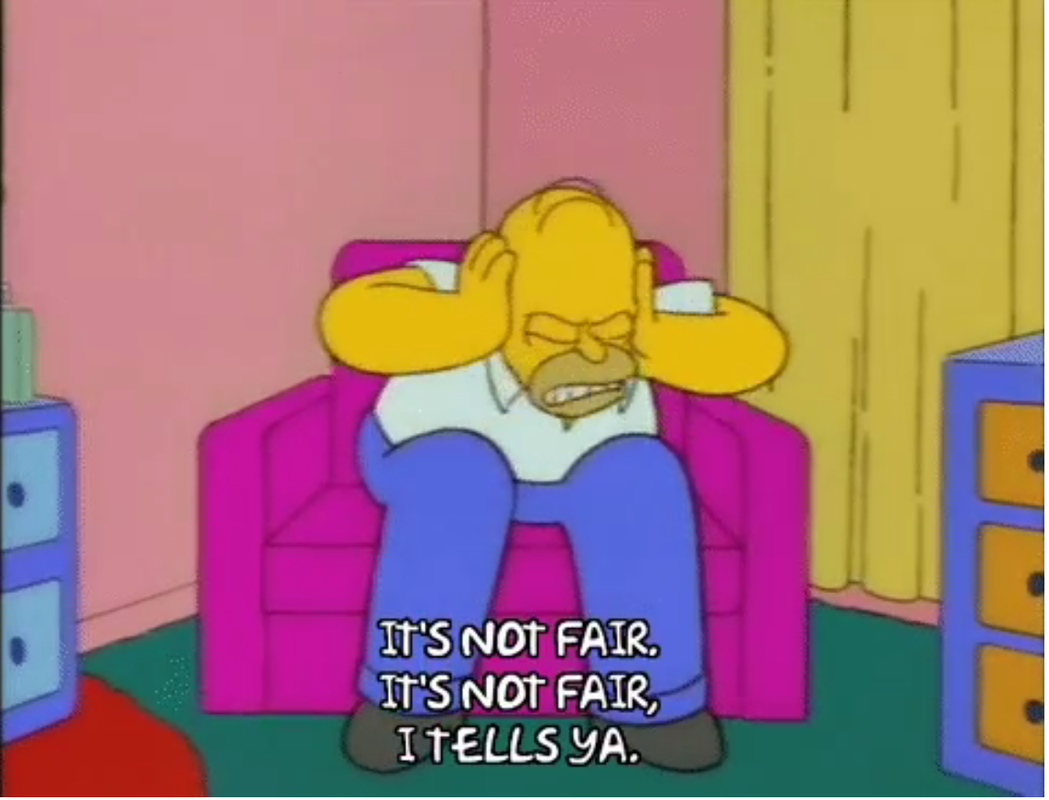

 RSS Feed
RSS Feed